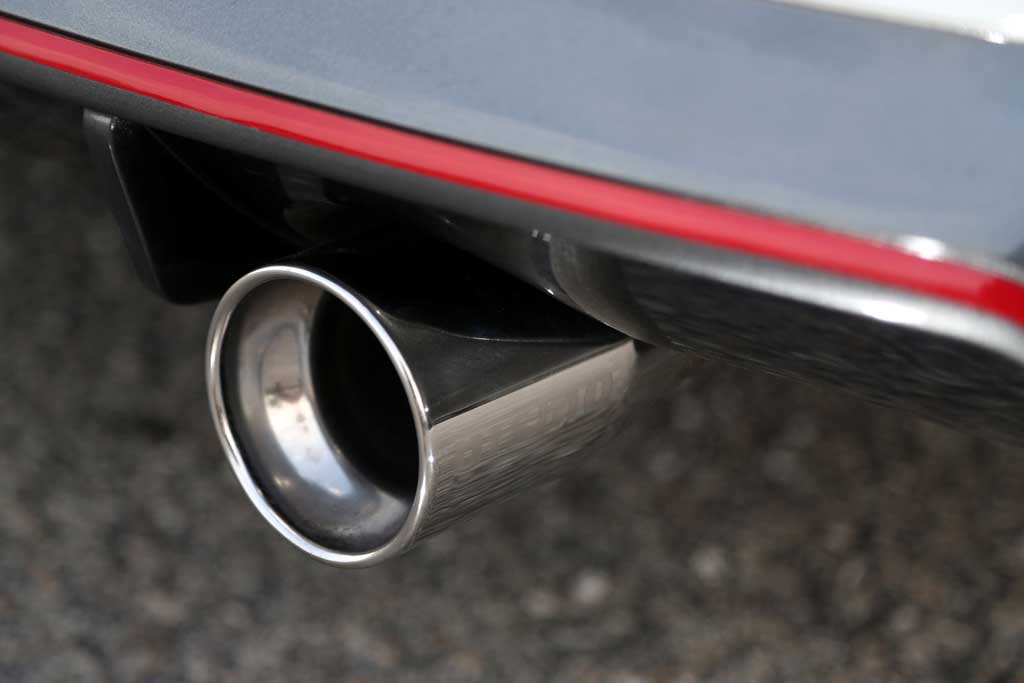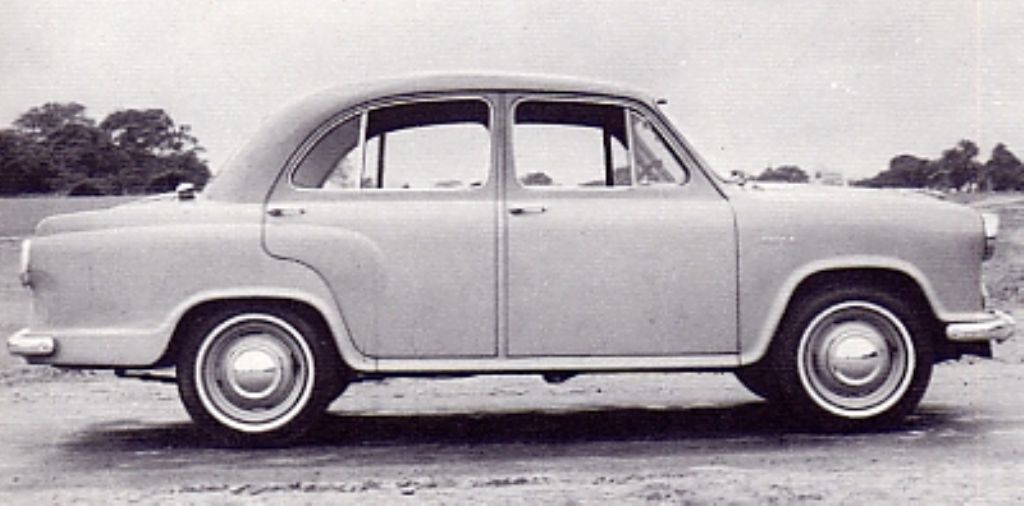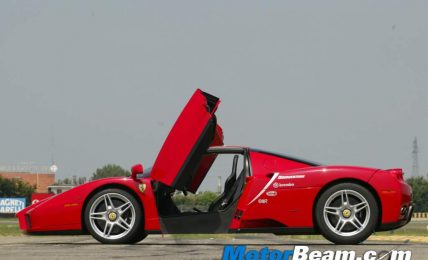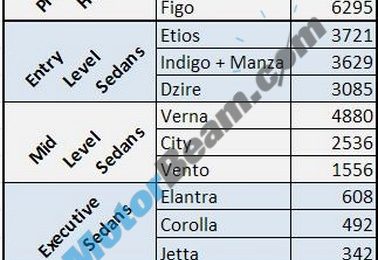The scrapping policy will not only help curb pollution but also seeks incentives from the government for car owners, otherwise seen in developed countries.

Just to give you perspective, New Delhi ranks as the most polluted city in the world beating Shanghai in the race which only goes out to show how miserable the toxic levels in the nation’s capital actually are. In a bid to curb air pollution, the government recently announced the scrapping of diesel vehicles that were older than 15 years across the country. Streamlining the same, the Society of Indian Automobile Manufacturers (SIAM) stated that the government needs to adopt a policy to scrap old vehicles in order encourage owners.
SIAM suggests that the government needs to provide incentives to vehicle owners who choose to scrap their 15-year-old vehicles. In developed nations like the US, the government offers incentives and tax benefits while buying new cars in exchange of scrapping their old cars and a similar policy needs to be implemented in India as well to encourage more scrapping of old vehicles. Hyundai too has shown its favour and also stated that a structured policy forms a feasible solution.
What the scrapping policy also ensures is that more and more owners would move towards showrooms to purchase a new car. For every old car scrapped, automakers are looking to gain new customers and is also an indirect way to boost car sales that have been slow in gaining momentum in recent times. However, before the policy goes into action, several parameters including the age of the vehicle, fuel type and the city where it is used will have to be considered as well.
At present, the government levies something known as a ‘Green Tax’ on vehicles older than 15 years but that does little in terms of pollution control. Given the fact that the incentive policy goes into action, it will certainly be a win-win situation for owners and manufacturers alike. In addition, the government also needs to look into pollution from newer vehicles and address issues like the poor quality of fuel and high adulteration levels that ensure extensive tailpipe emissions.

Source – EconomicTimes.com




